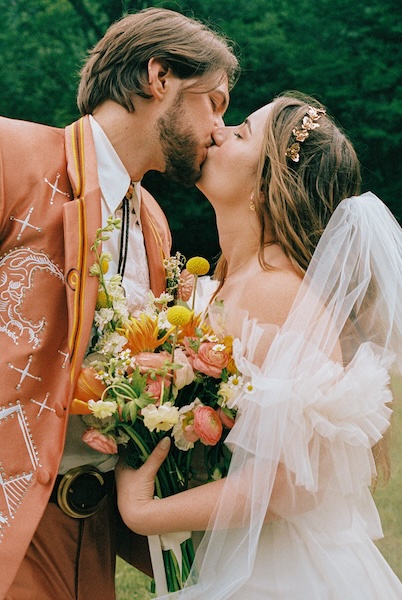Industry News
An Instagram embed lawsuit against Sinclair Broadcast Group for embedding and publishing a screenshot of a viral video without permission will move forward, a judge in the Southern District of New York has ruled.
Nature photographer and Sony Artisan Paul Nicklen shot a video of a starving polar bear in 2017, a work that went viral with a message on global warming. Sinclair Broadcast Group published an article about the video’s viral status, but did not first obtain a license before embedding the Instagram post and using a screenshot of the video. On July 30, U.S. District Judge Jed S. Rakoff denied the defendant’s motion to dismiss the case, stating that the “Court’s fair use analysis would benefit from a better-developed factual record.” The dismissal moves the case forward for further court decision.
[Read: Instagram’s Bombshell on Copyright for Embedded Images]
In the ruling against early dismissal, Rakoff examined both the Copyright Act and the server test. The defendants argued that embedding the video doesn’t fall under the “display” rules of the Copyright act. The judge, however, said that both the text of the Copyright Act and past cases establish that embedding a video does constitute as showing a work. He noted that the “Copyright Act is technology-neutral” and covers formats that were developed after the law was enacted in 1976.
The defendants also asked for dismissal (which again, was denied) on the grounds of the server rule, which, in short, says that copyright infringement requires a website saving the copyrighted work on their own server. In the case of an Instagram embed, no copy of the photo or video is downloaded and saved—it remains stored on Instagram servers.
[Read: Court Reopens Photographer’s Lawsuit Against Mashable]
The judge, however, says that the Copyright Act and server rule are contradictory. “Under the server rule, a photographer who promotes his work on Instagram or a filmmaker who posts her short film on YouTube surrenders control over how, when, and by whom their work is subsequently shown—reducing the display right, effectively, to the limited right of first production that the Copyright Act of 1976 rejects,” the judge wrote. “The Sinclair Defendants argue that an author wishing to maintain control over how a work is shown could abstain from sharing the work on social media, pointing out that if Nicklen removed his work from Instagram, the Video would disappear from the Sinclair Defendants’ websites as well. But it cannot be that the Copyright Act grants authors an exclusive right to display their work publicly only if that public is not online.”
The video was shared with a caption that included where the video was licensed and how to obtain a license for commercial use. The judge also said that the use of the video in the articles was commercial because the websites are for-profit news stations that profit from web traffic. Further debating Fair Use merits, the judge noted that the news articles used the video in its entirety.
Last week’s ruling means that the case will move forward for the video’s use and how the law applies to be further argued in court. The case is one of several recent lawsuits stemming from the question of whether embedding a work constitutes a copyright violation. Currently, Instagram does not allow users to turn off the ability to embed posts. Last year, the company stated that the platform does “require third parties to have the necessary rights from applicable rights holders.”
Related:
Fair Use or Copyright Infringement? Analysis of the LeBron James Social Media lawsuit
Copyright for Photography Businesses: 10 Important Questions Answered
6 Copyright Infringement Cases Photographers Should Know About





